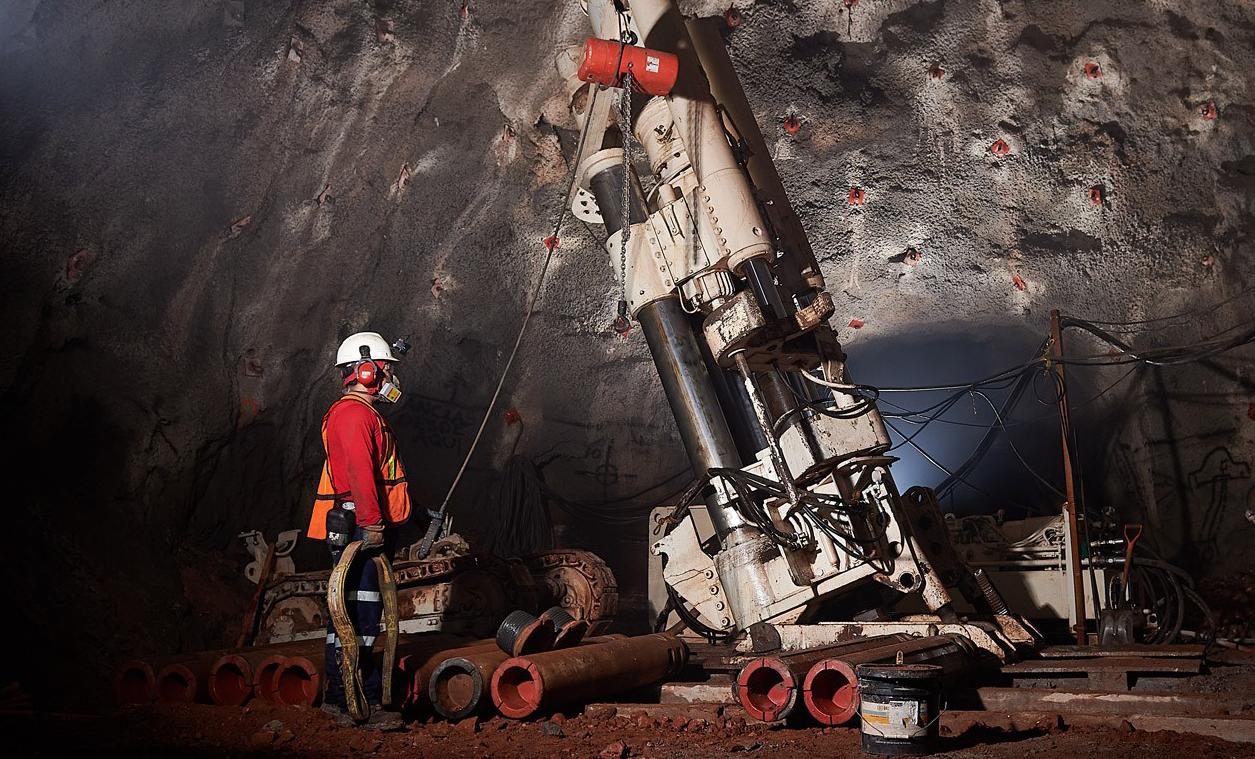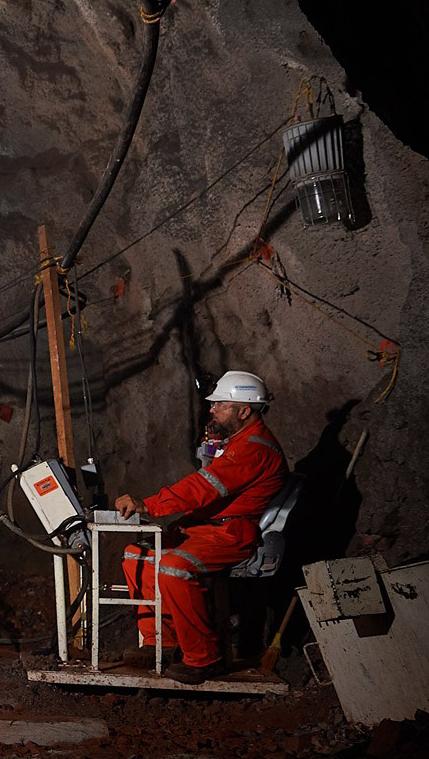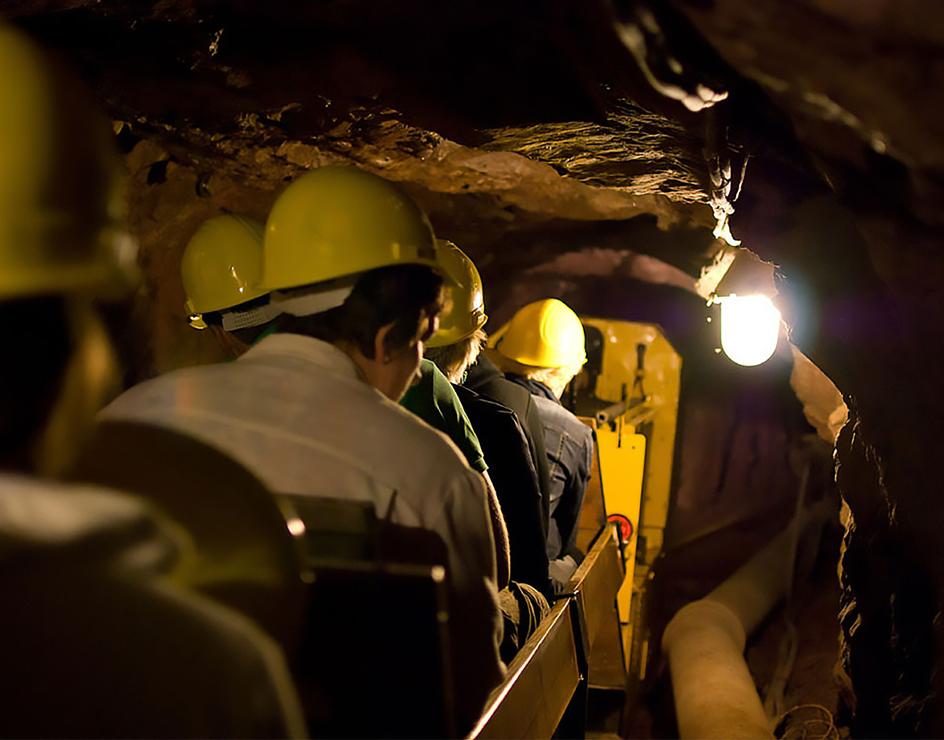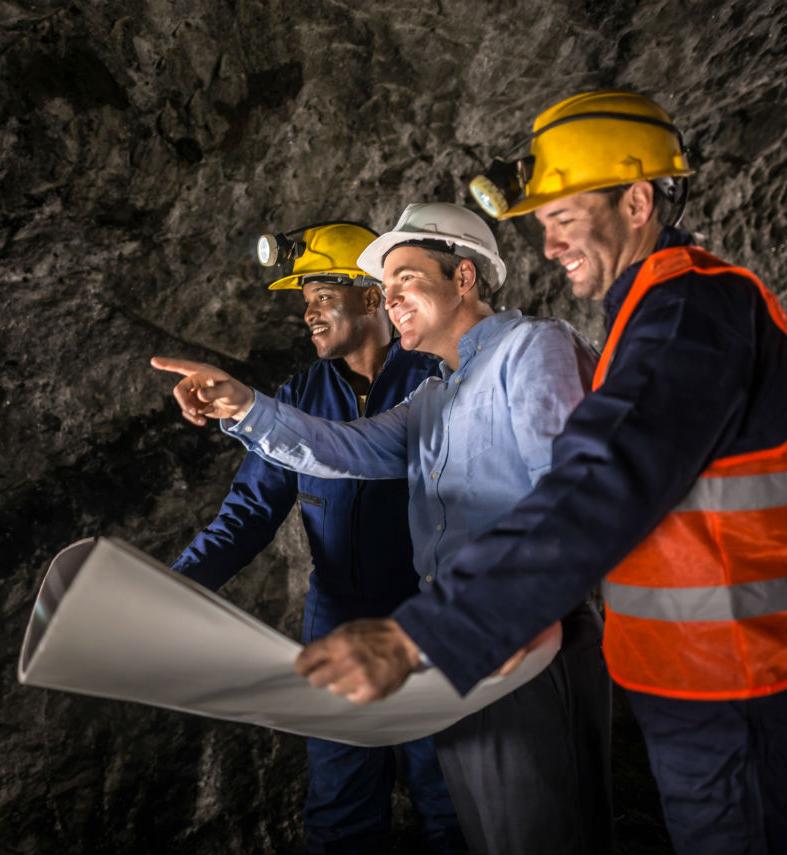
7 minute read
COVERSTORY
Mining Professionals and the Changing Workforce
We must have balanced hiring and retention - so it is not a revolving door where we attract women and they do not stay. At the fiscal year end in June 2018, the number of women at BHP only climbed 1.9 percent, leading some in the business to question the usefulness of placing such an ambitious goal.
BHP introdu ced the goal in 2016 and said it had launched initiatives to boost the hiring
of wom en and allow m ore flexible working across its 26,000-strong workforce.
The mining has not a good impact on industrial development regarding the hiring of females in industry, especially at senior management levels. One of the mining companies in the FTSE 350 index of miners has been led by a woman in market capitalization, and another woman was appointed by Switzerland-based Glencore to its board.
For a business to be truly successful by increasing its workforce, it must consider its past objectives. Shorter shifts, such as six-hour times, and remote working can allow women to work while their children are in school, she explained. "We must have got balanced hiring and retention -- so it is not a revolving door where we attract women and they don't stay," she said.
Considering setting up the goal, BHP has hired 2,000 women compared to 500 men.
As a consequence, the number of women as a proportion of their workforce has been increased from 17.6 percent to 22.4 percent. Athalie Williams, chief people officer in the

Anglo-Australian firm said "I believe we will get that and we are on track". "For us, it's given the distance to get conversations and to understand the way our organization works in a way we wouldn't have done if we hadn't set the target," she said.
Ms. Williams defended BHP's decision, a plan that has not been replicated by other large mining companies.
“We will need to have more women being promoted up through the management ranks to executive and the board level, pay parity across all functions, and most importantly diversity of culture and inclusion to ensure that we retain these skilled professional women and maintain an attractive position in industry”
The increased use of technology and automation in mining will probably enhance the diversity in hiring, Ms. Williams said, as it will enable the BHP to hire more people from different industries.
Ms. Williams said it was difficult to make certain women stayed longer at BHP and even it wasn’t feel that they needed to leave to raise a family. The turnover of women at BHP is higher than men at 9.7 percent, compared with 6.5 percent.
BHP already uses autonomous trucks in its Jimblebar iron ore mine in the Pilbara in Australia and wishes to have “highly automated operations” globally by 2025. Glencore stated that his global workforce has 14% female ratio and going to rise up to 40%. Mentorship programs industry’s retention The systemic obstacles in maintaining the business can be greater than that which can be mended by mentorship, and addressing those problems at the workplace can improve an organization's existing culture.
“Our objective is to change the concepts of women regarding this mining business," WIM/WiN-SK seat Anne Gent stated in February. "We also attempt to encourage the women already present in the mining sector to understand their entire potential.”
She returns the favor by reaching out to high school women and talking to them about their potential.
"I feel that the most important thing is to recognize who deserves the aid," explained McAndless. "There would be few persons who just simply not willing to say or do anything. They would just like to experience the technology programs... .and at the end, they are going to say, “Alright, I’m not comfortable here”.

“I really don't think that I'm likely to get any hope” Holly Burton, a leadership mentor for females in male-dominated industries along with a former mining engineer, states mentorship is insufficient to challenge a workplace culture which hasn't been adapting to women”.
"If something occurs consistently over the span of six months to a year, it is not only the context," Burton explained. “There is always a message that is put forward to females: Well, perhaps it's just you personally, or you're just being overly sensitive”.
Saliba knows the advantages of having a mentor, while she joined the team. Mentorship applications have been developed along with familiar strategies to overcome any issues. But diversity advocates they are not sufficient to solve the bigger problems.
Mining organizations seek to dig nearby Native communities to get good signal impact and benefits agreements (IBA), which may include a preferential hiring clinic for Native employees. These places are basically laborious beyond the trades with very little opportunity.
Sometimes the infrastructure isn't the good place for Native American workers. "They know a whole lot about what they are getting themselves into, and this is a substantial part of the transition from the learning area into the job."
For individuals entering the business, with a mentor may permit them to make connections fast and provide assurance that there's a person they could get advice from if they need it. Based on Statistics of Canada, females made up just 17 percent of the mining workforce. First Nations, that represent four percent of the workforce, made up just six percent of the mining market.
“It is very hard to recruit, particularly when you're dealing with limited number of possible candidates who would be in a position to be hired for a long-term foundation,” stated Hodgkins.
Similarly, First Nations teams have their particular barriers in adjusting with the mining sector that goes beyond recruiting.

"There is a great deal of work put into recruiting,'' Burton stated. “And that we do not see too much work done, or efficiently, there is a need to give attention to working of the females we have in the business. We have got a huge issue with this”.
Certainly, if these relationships continue long enough, an individual will start to observe a culture of mentorship from people who preceded.
She arguments with some 2013 studies by the journal Social Forces that exemplifies this point. As per research of women, 15 percent of women wind up leaving their professions. Saliba's
mentor Patrick McAndless, an expert coach, utilizes his years of expertise in the business to direct pupils developing their potential livelihood. He states mentorship may be an important tool for maintaining their capabilities, in addition bringing the possibility of students to go into the mining business.
"I believe mentoring is good and valuable and they ought to take actions, but it really cannot be the beginning and end of diversity programming"
Hodgkins ran a 2016 research into a corporate-sponsored train-to-work plan to incorporate young Native people to skilled trade places in Alberta's oil sands, which comprised of a monthlong internship at a nearby mine. He discovered that investment to the communities helped to break the job barrier.
"It was present in the area for quite a while, and growing the relationships with local communities is a significant part of the achievement in hiring the individuals in that area," he explained.
Burton recalls a few episodes from back when she had been a mining engineer who amuses her from continuing her career path. According to her, the engineers could go within the initial six months at the same job. They stated it was a coincidence, which she had been being sensitive when confronted.
More lately, Women in Mining and Atomic Saskatchewan (WIM/WiN-SK) obtained $163,000 in the International Minerals Innovation Institute in February to finance. It became possible due to mentorship program, that joins women working in the market with males” the champions," and motivates pupils to combine the business.
POWER is one of the several mentorship programs throughout the business. Women are supported by the Interna
We thrive on challenges
tional Women in Resources Mentorship Programs from around the globe with mentorship and training programs. Goldcorp's Building Choices program has graduated over 1,800 females and intends to aid women in their professions through training, growth, and mentorship.
The mentorship program culminates with a welcome reception on 29 June 2018 where participants paired with their mentors. The program last for a period of 12 months over which mentees exposed to group workshops, one on one sessions and ongoing regular contact and guidance from KPMG mentors.

golder.com









